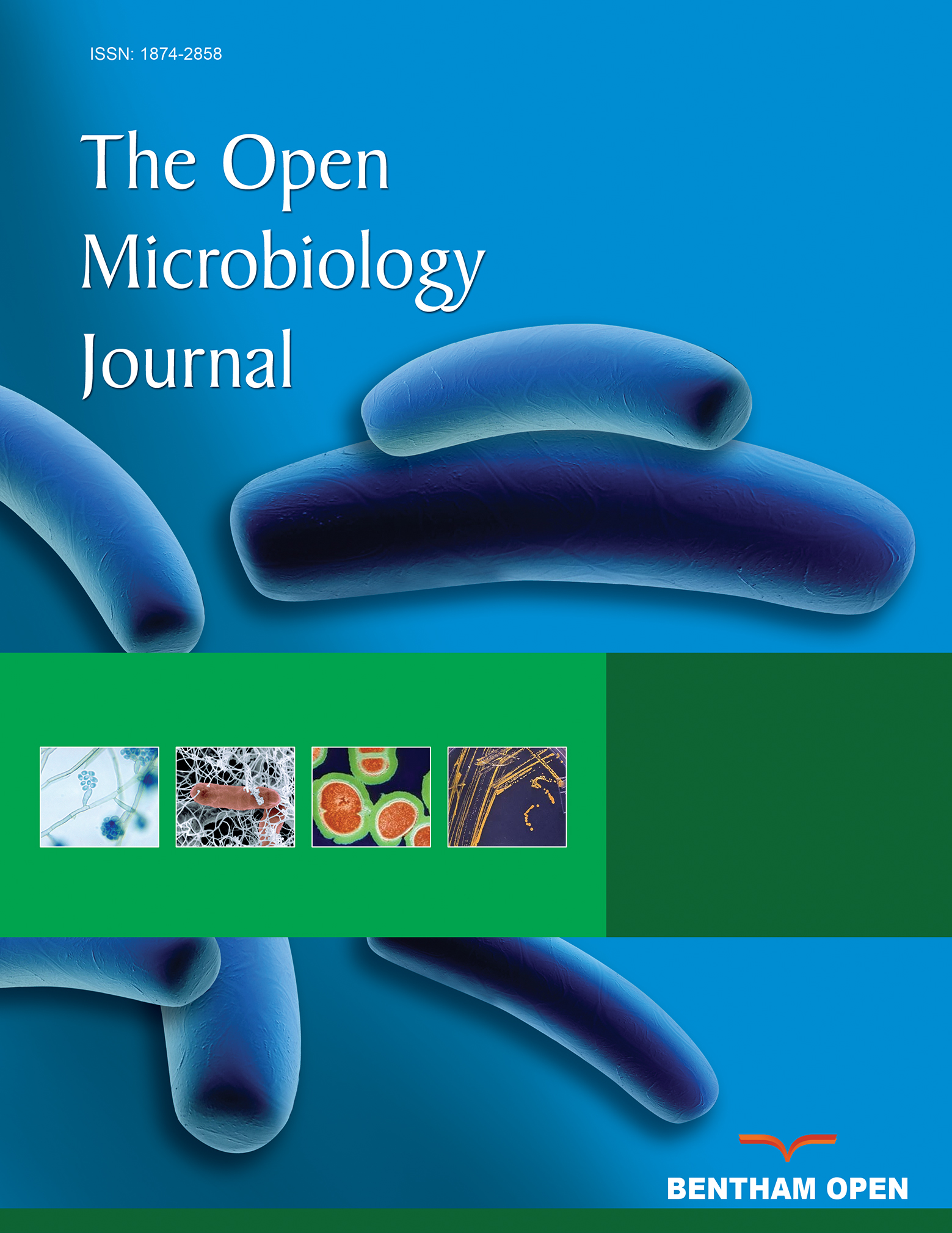All published articles of this journal are available on ScienceDirect.
Antimicrobial Activity of Cultivable Endophytic Fungi Associated with Hancornia Speciosa Gomes Bark
Abstract
Introduction:
In this study, we evaluated the antimicrobial potential of cultivable endophytic fungi associated with Hancornia speciosa Gomes stem bark.
Methods and Materials:
Plant samples were collected in rainy (July 2010) and dry (January 2011) seasons. In total, 116 endophytic fungi strains were isolated from 90 fragments (64.4% frequency of colonization). Higher fungi frequency was observed in the rainy season (84.4%). The strains were grouped into 14 species; the most frequent were Phoma cava (13.8%), Colletotrichum gloeosporioides (12.1%), and Lasiodiplodia theobromae (11.2%). Fungal diversity was similar in both the seasons. Among the 116 strains, 39 (33.6%) showed antimicrobial activity in preliminary screening. The ten most active isolates were subjected to semi-solid fermentation using rice or corn as substrates. Methanolic extracts were obtained from each fermentation medium and the minimum inhibitory (MIC) and minimum microbicide concentrations (MMC) were determined.
Results:
The best antimicrobial results (MIC < 100 µg/mL) were observed for fungi strains grown in rice medium: Aspergillus niger FHS061 against Proteus mirabilis (MIC = 19 µg/mL) and Staphylococcus aureus (MIC = 39 µg/mL). These strains also showed good results when cultivated in corn medium against P. mirabilis (MIC = 78 µg/mL).
Conclusion:
Thus, the stem bark of H. speciosa harbors diverse endophytic fungi with antimicrobial potential.


